How Long Would It Take Frosty The Snowman To Melt?
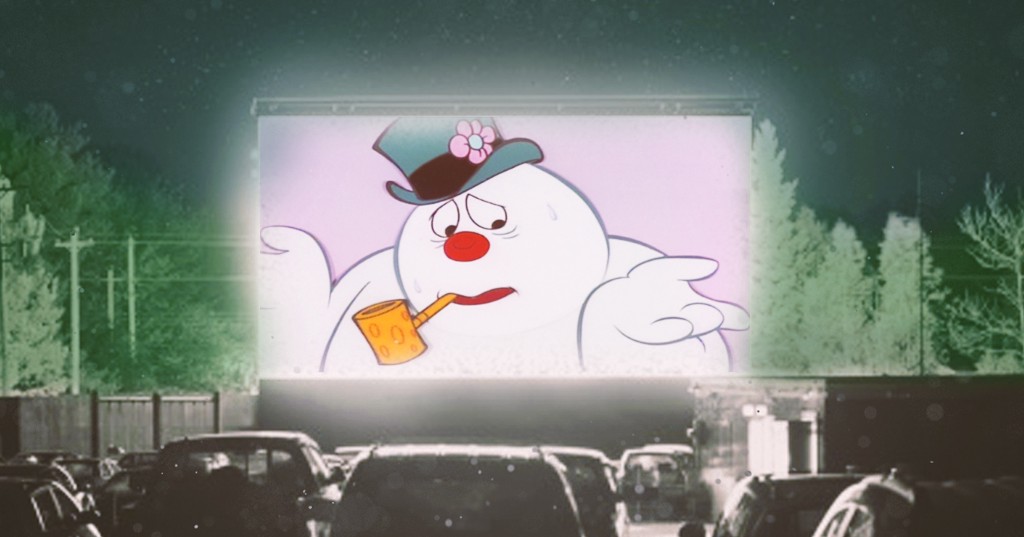
An engineer applies physics to our favorite frozen friend.
Our Movie Mythbusters series answers the age-old question, “Okay, but could that actually happen in real life?”
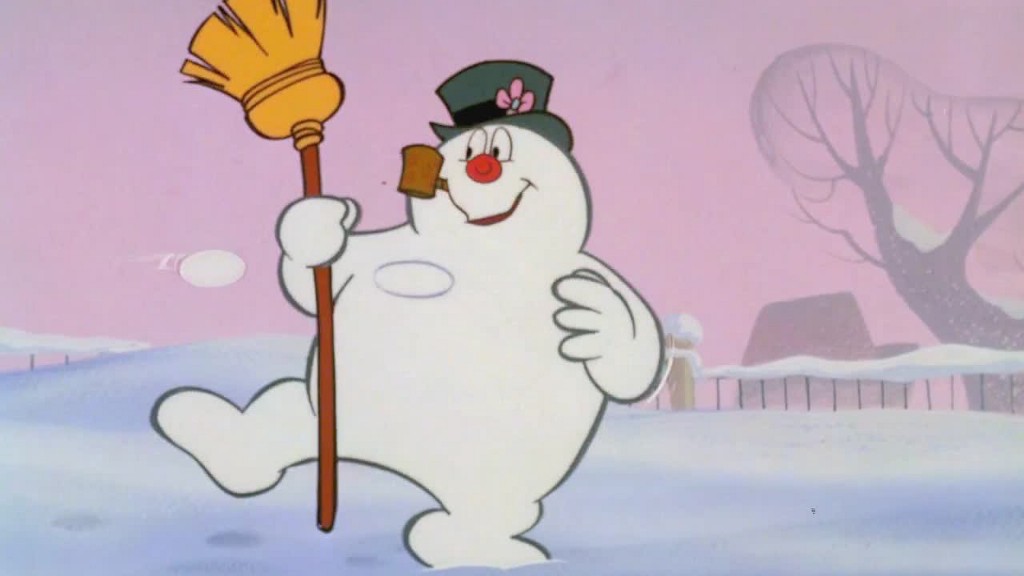
One Christmas, after opening presents, my cousins and I bundled up and ran outside to build the “biggest snowman in the world.” In my 11-year-old eyes, ours was definitely the biggest snowman in the world (in reality, it was probably about seven feet tall). Long after we’d gone home, my grandparents sent updates on how much of our snowman was still standing. I swear those updates lasted well into March.
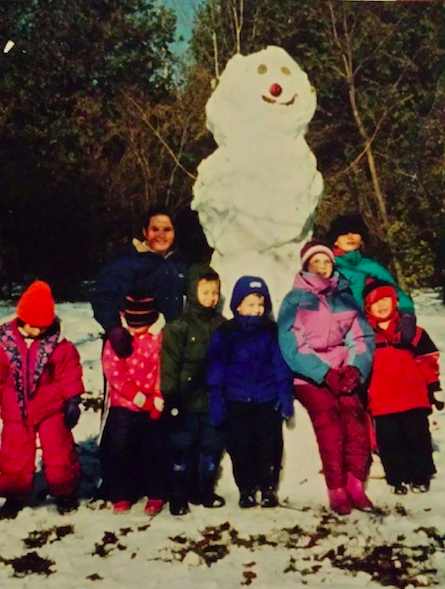
This year, when I was dutifully rewatching beloved Christmas movies, I realized something during “Frosty the Snowman.” Frosty was built and melted all in the course of one day. This seemed fishy, since our (admittedly large) snowman had lived for months. It seemed fairly unlikely to me that Frosty would have melted that quickly no matter how much running and playing he did.
So I took it upon myself to figure out just how long it would actually take Frosty to melt.
First, a synopsis
The first thing to note is that the movie plot is a bit more involved than the song version of “Frosty the Snowman” we hear at least 258 times every December. Here’s how the movie goes:
On Christmas Eve, a a magician surprises a classroom full of children at their Christmas party. The magician, Professor Hinkle, sucks. He blames his non-magic hat and throws it in the trash. The children use that hat to bring their snowman to life. Hinkle becomes determined to get his hat back now that he knows it is magical, after all.
The children play with Frosty until he starts to sweat and realizes he’s going to melt unless he gets to the North Pole. They sneak on a train headed north, but are soon cornered by Hinkle. To escape, they jump off in the middle of the forest. The children get too cold walking back to town, so Frosty finds a poinsettia greenhouse where they can warm up and wait for Santa to take them home. But Hinkle locks Frosty in the greenhouse, and by the time Santa arrives, Frosty has melted into a puddle.
Santa comforts the children by telling them Frosty will come back every year with the Christmas snow. Then he opens the door to reveal Frosty alive and well again. He makes sure Hinkle won’t try to steal the hat anymore, takes the children home and Frosty to the North Pole until his visit next year.
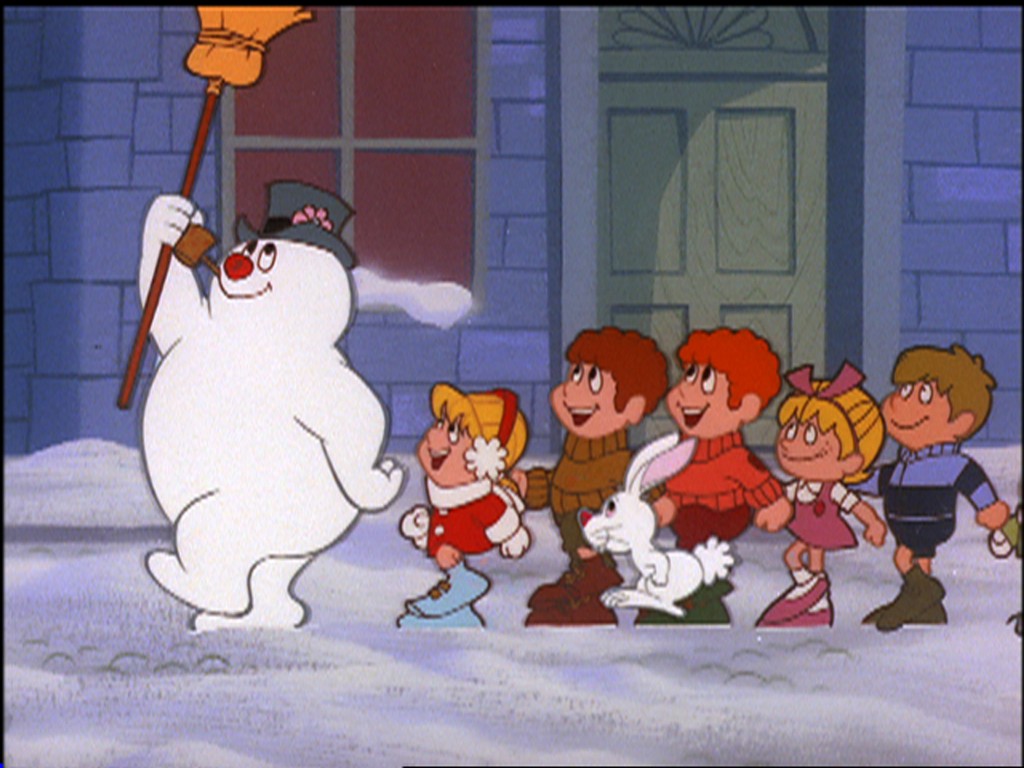
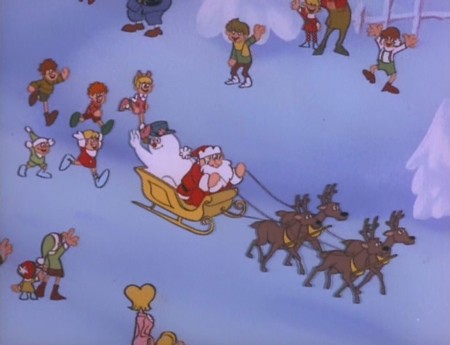
What we know
After re-watching all 25 minutes of the holiday film a few times, I pulled a few crucial facts for my calculations.
Timeline: The narrator opens by saying this particular snowfall was somewhat magical since it was the first snow of the season and happened to fall on Christmas Eve. The movie itself was made in 1969, so we’ll say Frosty’s adventures took place on December 24, 1969.
Location: The train conductor routes the group through a number of real and made-up arctic cities, but following the shape of the map (and the location of the movie’s production office in New York City) we can infer their small town is somewhere in upstate New York. Let’s say Fulton, New York to be exact.
Temperature: Historically, Fulton, New York is about 22°F on December 24th. But the crucial melting scene happens in a poinsettia greenhouse, which is ideally kept at at 60°F.
Frosty himself: When the children make their snowman, they make only two snowballs. The first is taller than the children themselves—so let’s say about four feet high — and then another one-foot snowball for the head. This five-feet height is logical since Frosty appears to be as tall as the village police officer.
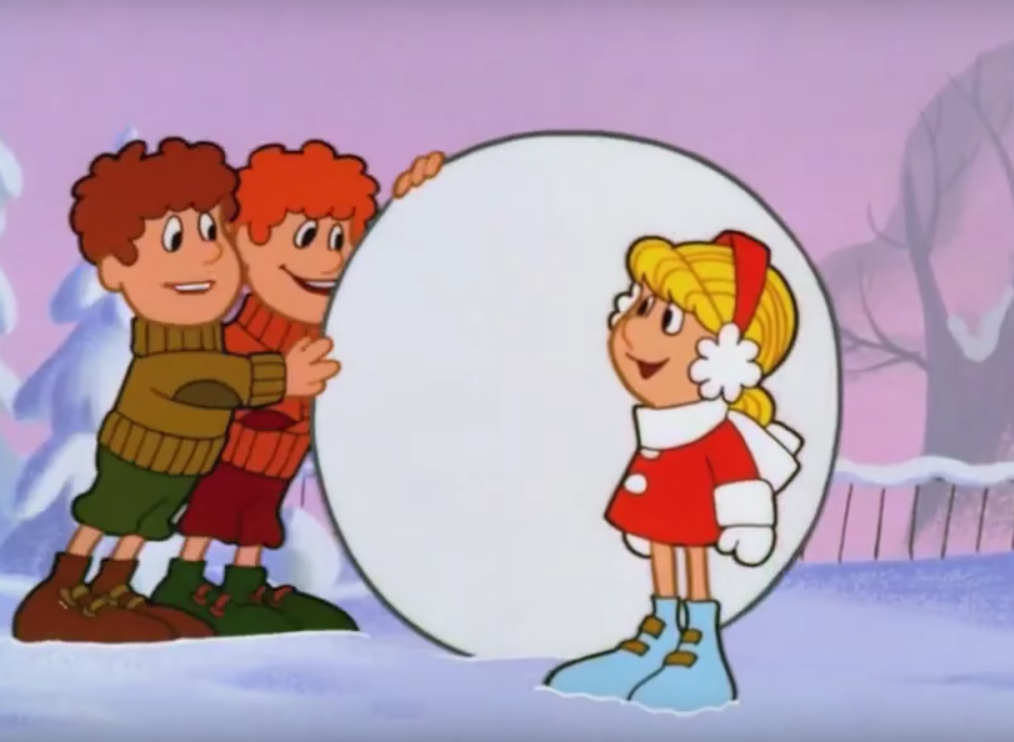
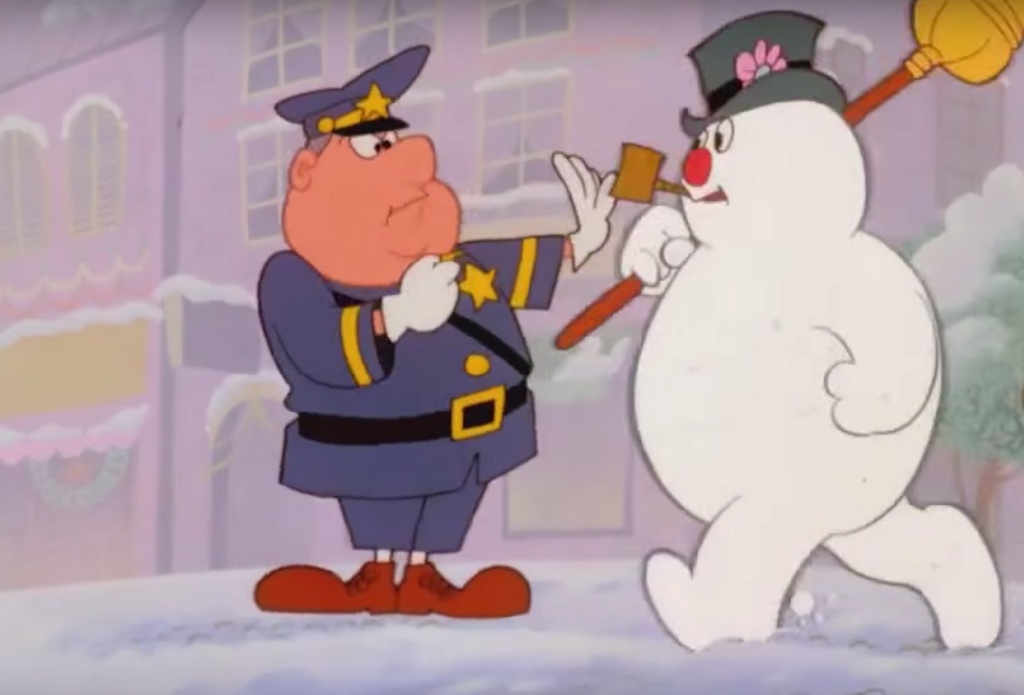
Movie timeline
The film doesn’t explicitly provide a timeline, but with a few logical inferences we can safely assume the children’s day with Frosty went something like this:
3pm: The children first build Frosty when they get out of school on Christmas Eve.
4pm: It’s plausible to assume the children play with Frosty for an hour before he starts to melt from all the activity and the group heads down to the train station.
5pm: When the children board the train with Frosty, one of them notes, “I’m sure my mother won’t mind, as long as I’m home in time for supper.” So assuming supper time is around 6 p.m., this boarding time makes sense.
9pm: When the gang jumps off the train, it’s already dark and they’re in the middle of a dense forest. About four hours outside Fulton, the group would find themselves in Canada, quite plausibly within the forest of Ontario’s Algonquin Provincial Park.
10pm: Just outside this park is a greenhouse. The group could arrive there within an hour of disembarking the train, assuming that sledding on Frosty takes about as much time as driving in a car.
December 25th, 3am: When Santa arrives at the greenhouse, his sleigh is empty of presents, so he must be done with his nightly deliveries. But the moon is still squarely in the middle of the sky, which means it’s still a few hours before sunrise in Fulton (7 am).
Melting math
According to this approximate timeline, Frosty would have been in the greenhouse for about five hours before Santa finished his rounds and arrived to bring the children home. So, could Frosty really have melted in just five hours in a 60°F greenhouse?
The short, math-less answer is no. But engineer Eric Poindexter went ahead and did the math, so let’s take a look:
- Frosty is about six feet tall and let’s say 16 inches in diameter, for a total weight of about 600 pounds.
- For the entirety of Frosty’s outdoor adventures, we’ll assume the temperature was 22°F. He was then trapped in a greenhouse at 60°F without influence of wind or sunlight.
- It takes a set amount of energy (2,000 joules) to raise 1 kg of Frosty’s weight 1°F up to the freezing point at 32°F. It takes a different set amount (33,500 joules) to melt 1 kg of Frosty’s weight.
- Weighing in at 600 pounds, it would take 88,000 BTU to melt Frosty completely. BTU is a unit of work that determines how much energy is necessary to raise 1 pound of water 1 degree Fahrenheit. 1 BTU = 1,055 joules.
- You still with me? We’re almost there.
- The air temperature of 60°F generates 11,275 BTU per hour.
- So 88,000 BTU ÷ 11,275 BTU/hour = 7.8 hours.
Takeaway
The math shows that it would have taken Frosty almost eight hours to melt completely in the greenhouse. This is at least three hours longer than the timeline shown in the film. Even assuming that Frosty’s running, sledding and adventuring with the children did melt him to some degree, that amount of activity simply wouldn’t equate to three extra hours in a 60°F greenhouse.
For the sake of the film, Frosty was the victim of a death that literally defied the laws of physics. But of course, in true Christmas miracle fashion, Frosty was saved by Santa and lives on in song and a film sequel—and the magic of Christmas snow.
h/t: My engineer father, Eric Poindexter, who lived up to his nerdy name and helped his English-major daughter figure out all this math—with an ACTUAL SPREADSHEET.
